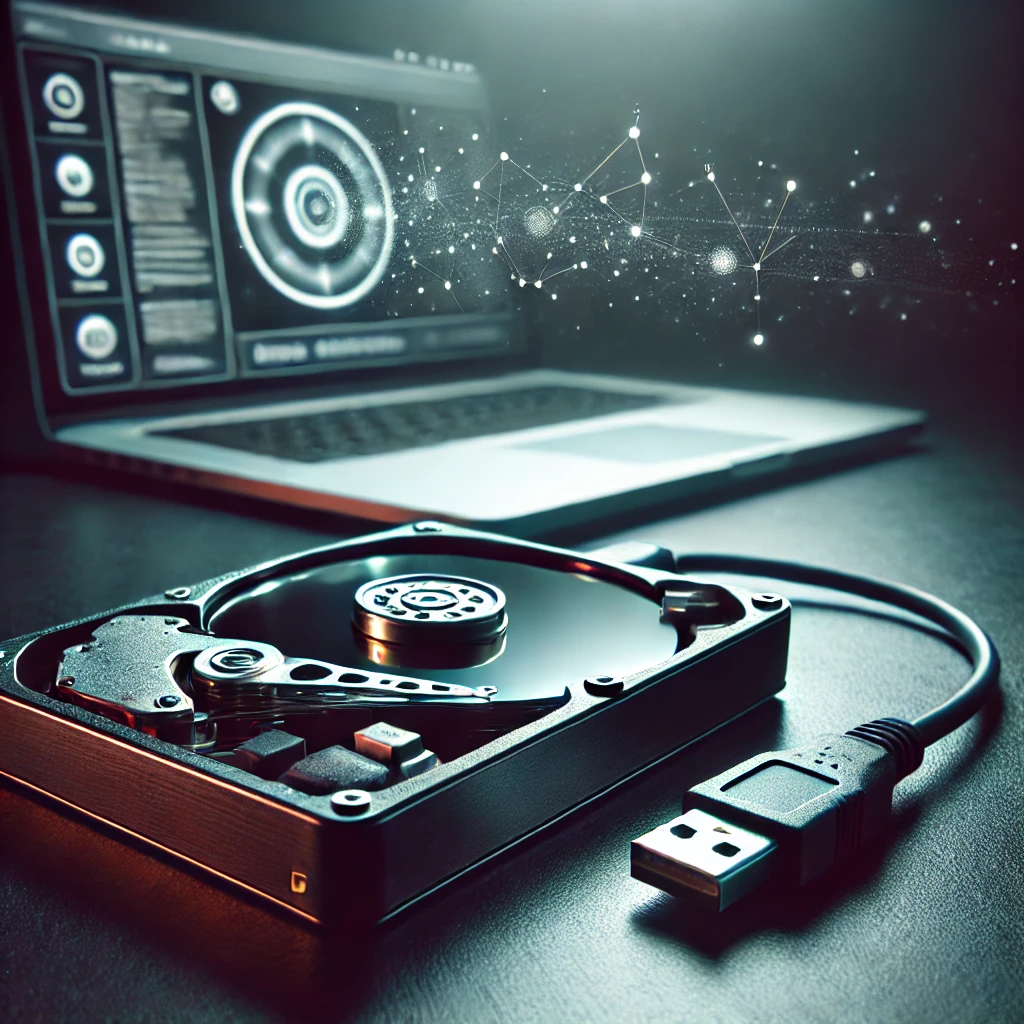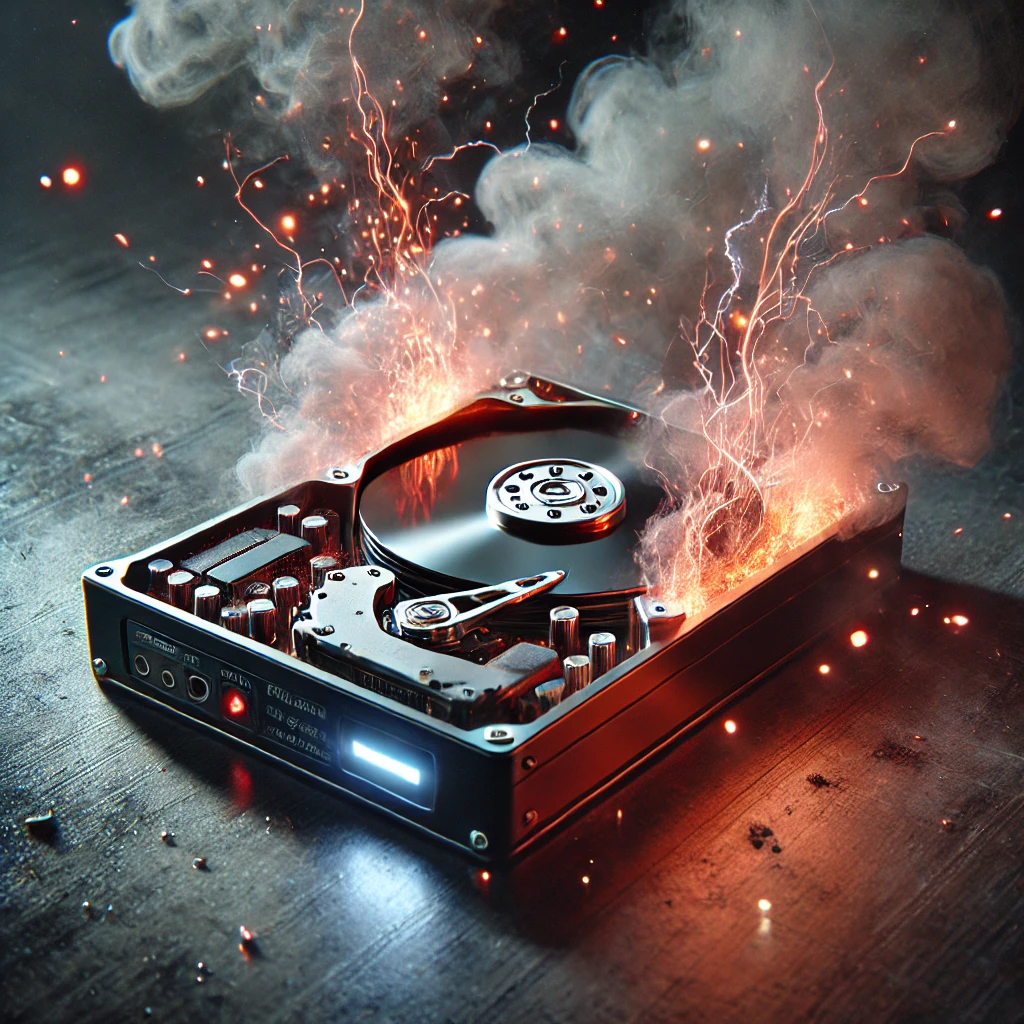A corrupted hard drive can be a nightmare, especially when it holds critical files, cherished photos, or important work documents. The good news is that all hope isn’t lost. There are multiple methods to recover data from a corrupted hard drive, but choosing the safest approach depends on how the drive was corrupted, the extent of the damage, and the tools or expertise available. Here’s a detailed guide to help you understand your options and increase your chances of recovering your data.
Understanding Hard Drive Corruption
Before diving into recovery methods, it’s crucial to understand how a hard drive becomes corrupted. Corruption can occur for several reasons, including:
- Power Surges: A sudden loss or spike in power can disrupt the hard drive’s functionality.
- File System Errors: These occur when the operating system cannot properly read or write data to the drive.
- Physical Damage: Dropping the drive or exposing it to moisture can cause physical failures.
- Malware or Viruses: Malicious software can corrupt files or make the drive inaccessible.
- Aging Hardware: Over time, the mechanical components of a hard drive may wear out, leading to data corruption.
Knowing how the corruption occurred can guide you toward the most effective recovery method.
Options to Recover Data From a Corrupted Hard Drive
1. Use Built-In Operating System Tools
Most operating systems come equipped with basic tools to repair file system errors and recover data from a corrupted hard drive.
- Windows: Use the “Check Disk” (chkdsk) utility.
- Open Command Prompt as an administrator.
- Type
chkdsk X: /f /r(replaceXwith your drive letter) and press Enter. - This will scan and repair logical errors on the drive.
- MacOS: Use Disk Utility.
- Go to Applications > Utilities > Disk Utility.
- Select the corrupted drive and click “First Aid.”
- Effectiveness: This is a safe starting point for minor corruption issues, but it may not work for severe damage or physical failures.
2. Try Data Recovery Software
When built-in tools fall short, specialized data recovery software can help. These tools are designed to scan corrupted hard drives and retrieve inaccessible data.
- Popular Options:
- EaseUS Data Recovery Wizard: User-friendly with deep scan capabilities.
- Recuva: A free option for recovering deleted or lost files.
- Disk Drill: Supports multiple file systems and provides a preview of recoverable files.
- How It Works:
- Install the software on a functioning computer.
- Connect the corrupted hard drive as an external drive.
- Run a scan to locate and recover data.
- Effectiveness: Software can recover data in cases of logical corruption but may not be helpful for physically damaged drives.
3. Seek Professional Data Recovery Services
If the corruption is severe or the drive has suffered physical damage, professional help is often the safest option.
- Who Can Help?
- Data Recovery Specialists: Companies like DriveSavers and Ontrack specialize in recovering data from severely damaged or corrupted hard drives.
- Local IT Professionals: Many IT service providers offer data recovery as part of their expertise.
- How It Works:
- Specialists often operate in cleanrooms to safely disassemble and repair hard drives.
- Advanced tools and techniques are used to extract data that’s otherwise inaccessible.
- Effectiveness: Professional services offer the highest chance of recovery, especially for physically damaged drives, but they can be expensive, ranging from $300 to $2,000 or more depending on the severity.
Factors That Affect Recovery Success
1. Severity of Corruption
- Minor logical errors have a higher recovery success rate than physically damaged drives.
2. Prompt Action
- Avoid using the corrupted drive to prevent further damage or overwriting lost files.
3. Backup Availability
- If backups exist, recovery becomes much simpler. Always maintain regular backups to reduce data loss risks.
4. Expertise and Tools Used
- The better the tools and expertise, the higher the chances of recovering data from a corrupted hard drive.
Chances of Recovery: What to Expect
- Minor Corruption: 90–100% recovery success with built-in tools or software.
- Moderate Corruption: 50–80% recovery success using advanced software.
- Severe Physical Damage: 30–70% recovery success, typically requiring professional services.
While recovery isn’t always guaranteed, choosing the right method can significantly improve your chances.
Preventing Future Hard Drive Corruption
The Tech Blogging experts at GeekExtreme suggest the steps below to avoid the stress of having to recover data from a corrupted hard drive in the future.
- Maintain Regular Backups: Use external drives, cloud storage, or automated backup solutions.
- Protect Against Power Surges: Use a surge protector or an uninterruptible power supply (UPS).
- Run Antivirus Software: Regular scans can protect your system from malware and viruses.
- Handle Drives with Care: Avoid physical shocks and keep drives in a stable, dry environment.
- Monitor Drive Health: Use tools like CrystalDiskInfo to check for early signs of hardware failure.
The Safest Path to Recovery
Recovering data from a corrupted hard drive can feel overwhelming, but understanding your options makes the process more manageable. For minor issues, start with built-in tools or data recovery software. If the damage is severe, seek professional help from data recovery specialists.
The best strategy, however, is prevention. Regular backups and careful handling of your hard drive can save you from the stress of potential data loss. Whether you’re dealing with logical errors or physical damage, there’s always a way forward—just remember to act quickly and choose the safest recovery method for your situation.


